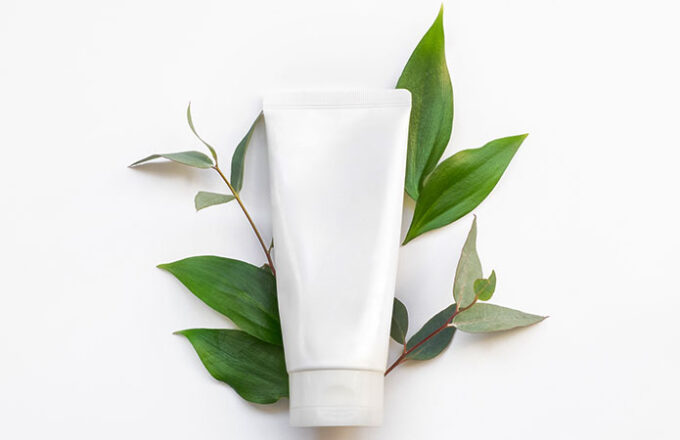
Modern cosmetics is undergoing a true biotechnological revolution thanks to the use of plant cell cultures. Among the most innovative and sustainable raw materials available today are stem cells from plants such as apple, grapevine, ginger, and rice. These natural ingredients not only offer high performance in skincare products but also help reduce environmental impact.
Plant cell cultures present numerous advantages over traditional open-field cultivation of plants. Specifically, they are:
- Sustainable: the production of plant cells in a laboratory eliminates the need for vast agricultural land, reducing the use of natural resources.
- Free from pesticide residues: controlled environments ensure pure and safe ingredients.
- Independent of climatic conditions: cell cultures are unaffected by seasonal variations or climate change, ensuring steady and reliable production.
One of the main benefits of using plant cells is the ease of extraction and purification of active compounds. These compounds can be released into the intercellular space or the culture medium, making the recovery process more efficient.
The result? Highly pure active ingredients with minimal loss during processing.
Cosmetic applications of plant stem cells
Plant stem cells are rich in bioactive compounds, including antioxidants, polyphenols, and other essential nutrients for the skin. Thanks to their regenerative properties, they can:
- Stimulate collagen production and improve skin elasticity;
- Protect the skin from environmental damage;
- Promote a brighter, more even complexion.

Thanks to their regenerative properties, they can:
- Stimulate collagen production and improve skin elasticity;
- Protect the skin from environmental damage;
- Promote a brighter, more even complexion.
To ensure the effectiveness and safety of cosmetics containing plant stem cells, it is essential to rely on rigorous scientific testing to support the development of innovative products:
- Efficacy tests: to evaluate antioxidant, moisturizing, and anti-aging effects of active ingredients.
- Safety tests: to rule out potential allergic reactions or skin sensitizations.
- Stability tests: to monitor the shelf life and preservation of the product over time.
A Green Future for Beauty
The use of plant stem cells represents one of the most promising paths toward greener and higher-performing cosmetics. With the support of advanced analytical tools, the industry can move forward with more sustainable and cutting-edge solutions, meeting the demands of increasingly conscious consumers who value both quality and environmental responsibility.
